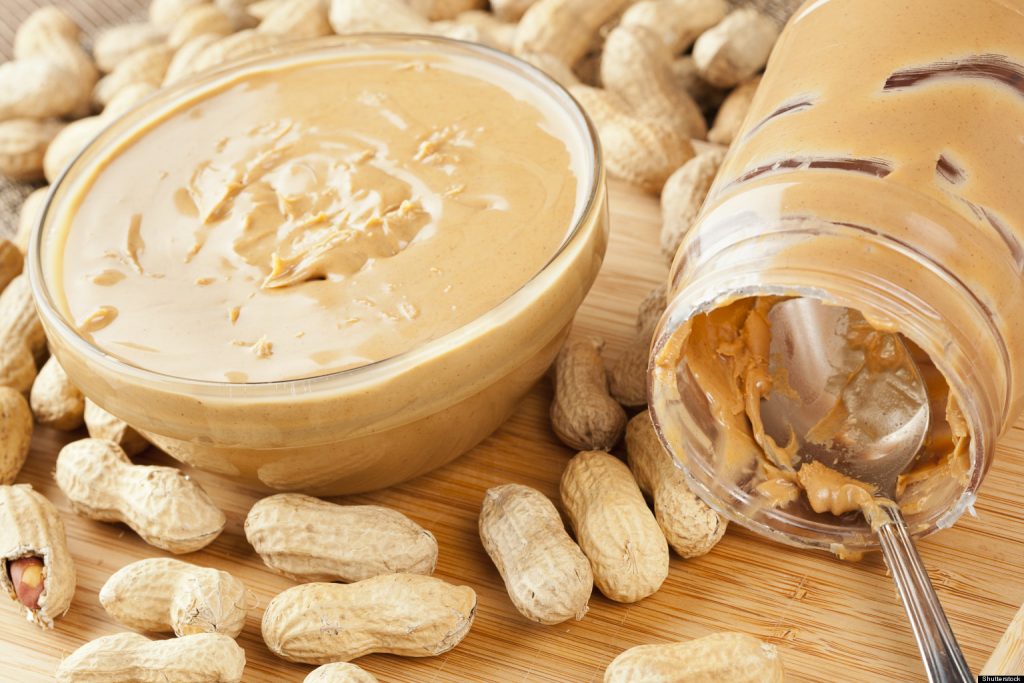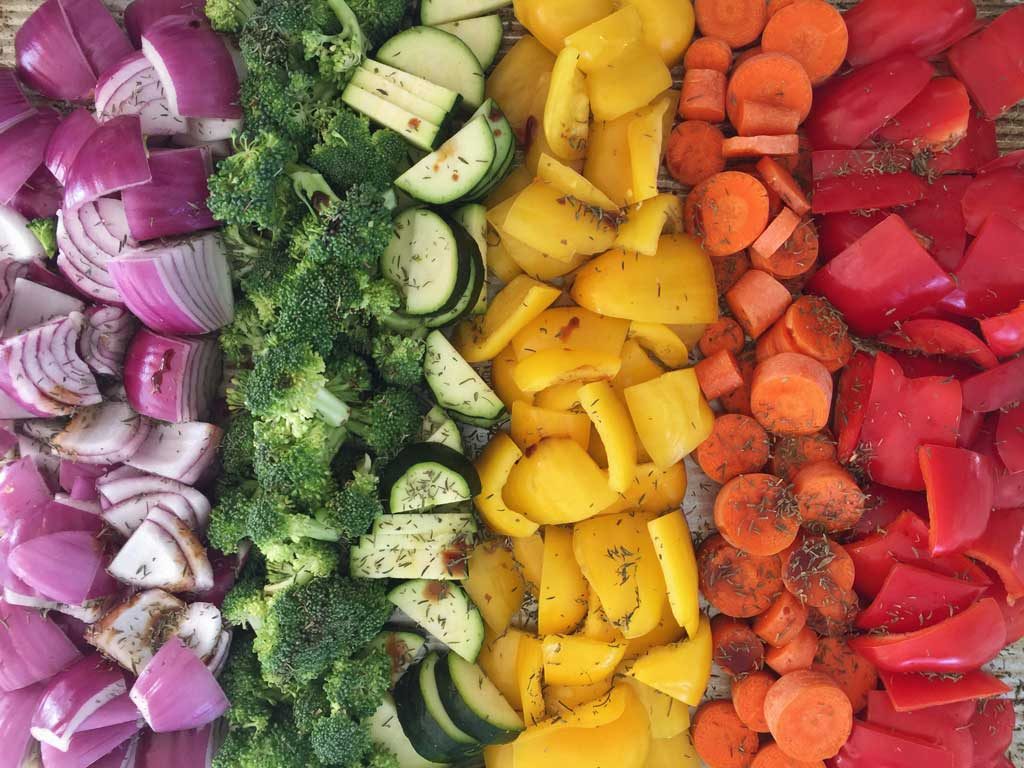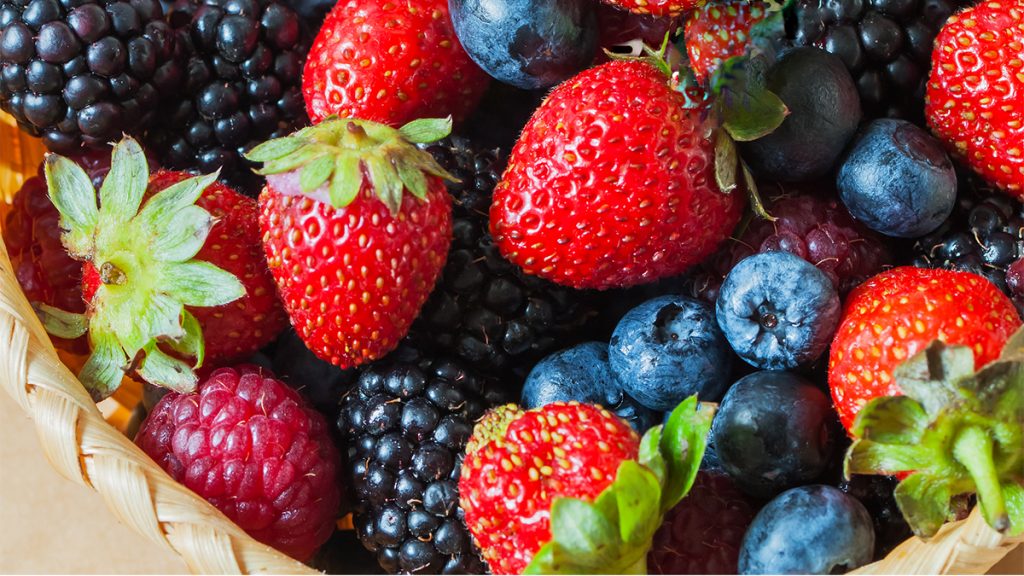Let’s admit it. Cupcakes, chips and other not-so-nutritional rich chocolate always seems to find a way into our children’s diet. In fact, given no rules or restrictions, children will almost always eat anything that comes out of a pizza box or any fast food bag. In fact, their diets can be a little hit or miss, to say the least. Being aware of the fact that children do not eat as much as adults do, it is vital to balance every bite that goes into their mouths.
When you think of it that way, superfoods are a great way to get them to pack in the nutrition. Superfoods are dense in wholesome goodness which maximises the vitamins, minerals, fibre and healthy fats in a child’s diet. It’s basically everything empty calories are not. Now be warned that not everything on this list is going to appeal to your child’s appetite but don’t worry, we will help you with that.
There’s enough variation and options provided here so, hopefully, before you know it, your kids will be saying, fast food who?
-
Oatmeal

Credit: domesticate-me.com
We’re kicking off the list with the mighty oatmeal. Apparently oatmeal can potentially give your children some focus powers and allow them to concentrate and pay better attention in school. As someone in her early twenties who has just recently been through school life, I can safely vouch for how much we need that! Oatmeal is not only an excellent fuel for the early morning but also is grain for the brain.
Due to oats being a good source of vitamin E, B-vitamins, potassium, and zinc, it allows a child’s brain to function at a maximum capacity. Talk about needing it during my early years of having to attend math class! Besides, the high amount of fibre digests slowly and provide a steady stream of energy for school!
How do we add the fun in oatmeal? You can throw a spoonful of instant or rolled oats into a smoothie to make it thick and add extra texture. If you’re more of a pancake person, you can quickly mix banana, oatmeal, and eggs together and it’s the easiest pancake ever.
Here’s a simple snack for your child’s lunch box: 1 cup peanut butter, ½ cup honey, 1 cup dry oats, ½ cup dry milk powder. Mix it and spread it between their toast, or use it as dipping for their apples or pears.
-
Eggs

Credit: thesrpskatimes.com
Of course, when talking about superfoods, one cannot fail to mention eggs because they are perfectly eggcelent for everyone. Eggs as a whole are rich in protein, zinc, vitamin A (for good vision), vitamin D (for bone growth), vitamin E (to prevent against disease) and B12 (essential for the formation of red blood cells).
The list does not stop there though. Egg yolks contain lecithin, iron, and choline which contributes to memory development and concentration.
Let’s eat more eggs and make it eggciting. Send your child off to school with a grab-and-go breakfast egg burrito. Top flour tortillas with scrambled eggs, mozzarella cheese, chopped tomato and your favourite salsa. Doesn’t that sound so good?!
If you’re feeling a little more adventurous, you can make egg McMuffins for your children. Just add a fried egg on top of a toasted English muffin and top it with a slice of cheesy goodness. Busy morning? You can make fluffy scrambled eggs and toasts. That’s the definition of simplicity at its best.
-
Salmon

Credit: organicfacts.net
Believe it or not, my mom fed my sister a lot of salmon during her childhood years. Today, she’s one very smart cookie. Some might say it’s genetic, but it’s safe to say that salmon probably plays a role as well (and hard work, of course!). Salmon is the type of food that you consume because you can’t get those fatty acids from your own body.
It plays an essential role in the functioning of brain cells which are composed of fatty acids. In fact, research shows that a diet rich in fatty acids could improve the performance of children with dyslexia, dyspraxia, and attention deficit order. Children who consume a lot of salmon will have sharper minds and do better on mental skill tests!
Add more salmon to your plate. Perhaps, instead of the usual tuna sandwiches, you can substitute it with salmon salad for sandwiches. Use canned salmon or fresh chunks of baked salmon mixed with mayonnaise or Greek yogurt, herbs, chopped celery. Spread out this lovely mixture on toasted wholemeal bread (psst wholemeal is also a brain food, so it is practically a buy one, get one free).
You can also make salmon patties using fresh salmon chunks, chopped spinach, finely chopped onion, minced garlic and salt and pepper to taste. Combine the ingredients and mix well. Make a small ball and flatten it on a pan drizzled with olive oil over medium heat. Serve it with rice, or burger buns!
-
Avocados

Credit: hgtv.com
Load up your shopping cart with Avocados! Although many deem it to be too fatty, it is a goldmine of nutrients for the brain. It is a source of monounsaturated fat; a healthy type of fat that is important for a child’s growth, including brain development. It contains just the right number of nutrients which helps in improving the cognitive function, such as concentration and memory. Not bad, avocado, not bad.
Although there are many ways for children to enjoy this creamy, mild-tasting fruit, my favourite way of eating them would be to scoop slices of fresh avocados and drizzle with condensed milk (or honey) and chocolate sauce for a healthy dessert alternative.
Yummy! For a savoury option, you can always mash it up, spread it on freshly baked bread and top it with favourites such as eggs or salmon or even cheese. Of course, guacamole is still, and will always be an ideal option for a movie night.
-
Peanut Butter

Credit: petsworld.in
Most children go nuts for peanuts. In fact, we adults will probably have a hard time arguing about that. Well, considering our own hidden trips tiptoeing into the kitchen for glorious spoonfuls of irresistible peanut butter. I mean, who doesn’t love a dollop of creamy peanut butter on golden-brown toast, or blended with banana to make a healthy smoothie.
Some parents might scream at the thought of “butter,” but there’s no reason to. Nuts are made up of healthy fats, especially almonds. Those fats are essential for a child’s growth and development, as well as for their heart health. The vitamin E in nuts also protects the nerve membrane. In fact, having a taste of the fat also gives a boost of energy which keeps children going throughout the day.For a healthier option pick organic peanut butter brands or ones with no sugar added.
Peanut butter is so versatile that you can use it anytime, anywhere, anyhow. However, for a twist on an old favourite, make your peanut butter and jelly sandwich with slices of fresh bananas or strawberries. Some people love the taste of crisp slices of apples dipped or spread with peanut butter. Yum! For a more savoury option, use your favourite peanut butter or a homemade jar as a base for satay sauce. Kids will definitely go nuts for it!
-
Rainbow vegetables

Credit: zak.com
Nope, we’re not talking about the rainbow candies, if you know what I mean. I’m talking about bringing vegetables to the dining table. There’s nothing like sitting down to a plate of rainbow vegetables with a balanced amount of carbohydrate, protein, and fibre – all packed with the juiciest nutrients.
Each colour represents a different nutritional value, and those with a vibrant, deep colour are an excellent source of antioxidants which helps keep the brain cells healthy. Vibrant coloured fruit vegetables contribute to the highest nutrient value for the lowest number of calories. Eat as many colours as they can, the spectrum is endless – you can go from fresh produce of eggplants, carrots, bell peppers, kale to tomatoes.
Every day is a constant battle between children and vegetables. Some may love it, some may scream at upon hearing the word. It’s probably not easy to include them in your child’s diet, but I’ve got a trick that works wonders every single time. You don’t need to fool them with the colour, taste of texture.
Just serve them as chips, and they will keep on coming back for more. All you need is to thinly slice the vegetables and generously drizzle them with olive oil before baking them. Curious much? Do try it out!
-
Berries

Credit: growbeautifully.monrovia.com
Frankly speaking, most fruits are right for your child. It provides the essential vitamins, minerals and the best nutritional value there is. It is also rich in fibre which keeps the trips to the toilet on a regular schedule naturally. Berries, in particular, are knights in shining armour, protecting children against heart disease, diabetes while improving their brain function. As one of the healthiest fruits for years, how can we not love them berry much?
Adding berries to your child’s diet is a piece of cake. It is appealing to the eye and tickling to the mouth. You don’t have to worry much about how to put them in their diet. It’s a natural go-with breakfast choice.
Let’s say, tossing it into a bowl of granola and milk, or yogurt. Or, pitching it in a summer salad or refreshing dessert. You can also make healthy fresh popsicles by freezing a blend of fresh berries, yogurt or milk and a drizzle of honey!
-
Beans

Credit: healthmagazine.com
Beans, beans, and beans are good for the heart… so the saying goes. However, it is also good for a child’s brain because of its protein, complex carbohydrates fibre and minerals. It keeps their energy level high for the back to back classes they have to take and maintains their concentration.
If you’re wondering what is a good bean, go with omega three rich beans, such as kidney and pinto beans. Those omega three fatty acids aid in brain growth and function. Therefore, it keeps energy high and thinking capabilities at its highest peak all afternoon.
Add beans as a salad topper, as a filler for lettuce wraps, or even add them to spaghetti for a more nutritious and yummy meal. Sprinkle beans over salads and top with refreshing chunky salsa. Mash vegetarian beans and spread on a tortilla with some shredded lettuce and cheddar cheese. These are beans on a whole new level – the kind children love!
-
Milk and Cheese
Milk brings all the children to the yard. Of course, it’s better than anything else, flavour and nutrition wise. Milk contains a high amount of protein and calcium which are fuel for the brain and body. It helps build the brain tissue. Always go for a full cream because young children need healthy doses of fats to provide them with the energy necessary for them to perform well. Moreover, vitamin B helps in the growth of their brain tissue, neurotransmitters, and enzymes, which can be found in dairy!
There are a thousand recipes and ways you can use milk in cooking, and it will never go wrong for kids. I mean, we’re talking about milk here! You can make smoothies and milkshakes or perhaps, creamy pumpkin soup.
Add milk here and there, and the world becomes a better place. Let’s move on to cheese. Need I say more? Cheese will stop the world and melt with you and a bowl of pasta, toasts, vegetables or even chicken. It may sound cheesy, but believe it!
If you’re lactose intolerent there are other milk options are also nutritious and equally delicious. We’re talking about soya milk and almond milk to name a couple.
Well, we’lll be waiting for you to share all the updates on your children and how they fare eating these yummy good for your ingredients! I can’t wait to know that they’re passing their exams with flying colours here and there. Which one is your children’s favourite superfood? Comment down below on your tips and tricks on how to make superfoods so much more exciting to eat on a daily basis. Superman? Superwoman? Chef in the home kitchen only knows superfoods!
